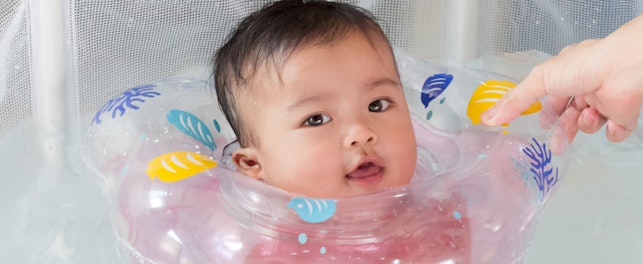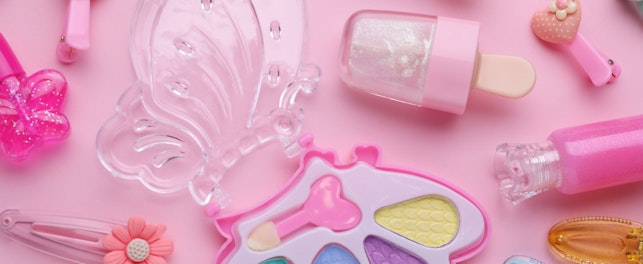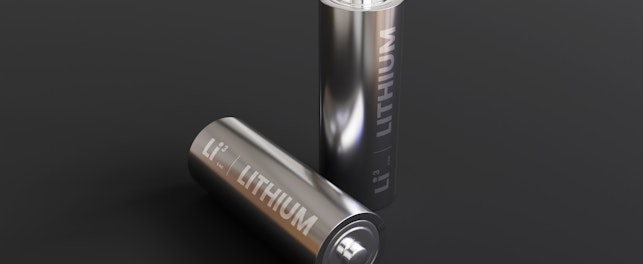ASTM International has published the latest version of standards for adult and children’s jewelry. The children’s jewelry standard contains two important technical changes.
In recent months, ASTM International has published its latest version of standards for adult and children’s jewelry. These are:
- ASTM F2923-20 ‘Standard Specification for Consumer Product Safety for Children’s Jewelry’
- ASTM F2999-19 ‘Standard Consumer Safety Specification for Adult Jewelry’
These two standards contain editorial changes, including the deletion of references to alternative methods, citing the latest version of European, American and CPSC standards. The technical requirements in ASTM F2999-19 for adult jewelry remain largely similar to the 2014 version.
Additionally, ASTM F2923-20 for children’s jewelry contains two important technical changes:
- Strengthening the threshold limit for screening cadmium content 4-fold in determining whether accessible metal and plastic components are required to be tested for migratable cadmium
- Obligation for accessible plasticized materials to conform to the eight phthalates (BBP, DBP, DCHP, DEHP, DHEXP (DnHP), DIBP, DINP and DPENP) falling under 16 CFR 1307 ‘Prohibition of Children’s Toys and Child Care Articles Containing Specified Phthalates’
Highlights of these two important changes in ASTM F2923-20 are summarized in Table 1.
| ASTM F2923-20 ‘Standard Specification for Consumer Product Safety for Children’s Jewelry’ | ||
|---|---|---|
| Entry | Section/Title | Highlight of Changes |
| 1 | 9 ‘Specification for Cadmium in Certain Substrate Materials of Children’s Jewelry’ | Strengthens the cadmium content limit from 300 ppm to 75 ppm for screening accessible metal or plastic/polymeric components:
|
| 2 | 11 “Specification for Phthalates in Plasticized Components of Children’s Jewelry’ | Completely new section:
|
Table 1
In 2012, Rhode Island became the first US state to regulate children’s jewelry to ASTM F2923-2011 (SafeGuardS 103/12).
Since 2018, Oman has regulated children’s jewelry to ASTM F2923 and adult jewelry to ASTM F2999.
| Definitions | ||||||
|---|---|---|---|---|---|---|
| Items | Abbreviation | Phthalate | Item | Abbreviation | Phthalate | |
| 1 | BBP | Benzyl butyl phthalate | 5 | DHEXP (DnHP) | Di-n-hexyl phthalate | |
| 2 | DBP | Di-n-butyl phthalate | 6 | DIBP | Diisobutyl phthalate | |
| 3 | DCHP | Dicyclohexyl phthalate | 7 | DINP | Diisononyl phthalate | |
| 4 | DEHP | Di(2-ethylhexyl) phthalate | 8 | DPENP | Di-n-pentyl phthalate | |
SGS is committed to providing information about developments in regulations for consumer products as complimentary services. Through a global network of laboratories, SGS provides a wide range of services including physical/mechanical testing, analytical testing and consultancy work for technical and non-technical parameters applicable to a comprehensive range of consumer products. Please do not hesitate to contact us for further information.
For enquiries, please contact:
Hingwo Tsang
Global Information and Innovation Manager
t: (+852) 2774 7420
© SGS Group Management SA - 2020 - All rights reserved - SGS is a registered trademark of SGS Group Management SA. This is a publication of SGS, except for 3rd parties’ contents submitted or licensed for use by SGS. SGS neither endorses nor disapproves said 3rd parties contents. This publication is intended to provide technical information and shall not be considered an exhaustive treatment of any subject treated. It is strictly educational and does not replace any legal requirements or applicable regulations. It is not intended to constitute consulting or professional advice. The information contained herein is provided “as is” and SGS does not warrant that it will be error-free or will meet any particular criteria of performance or quality. Do not quote or refer any information herein without SGS’ prior written consent.



